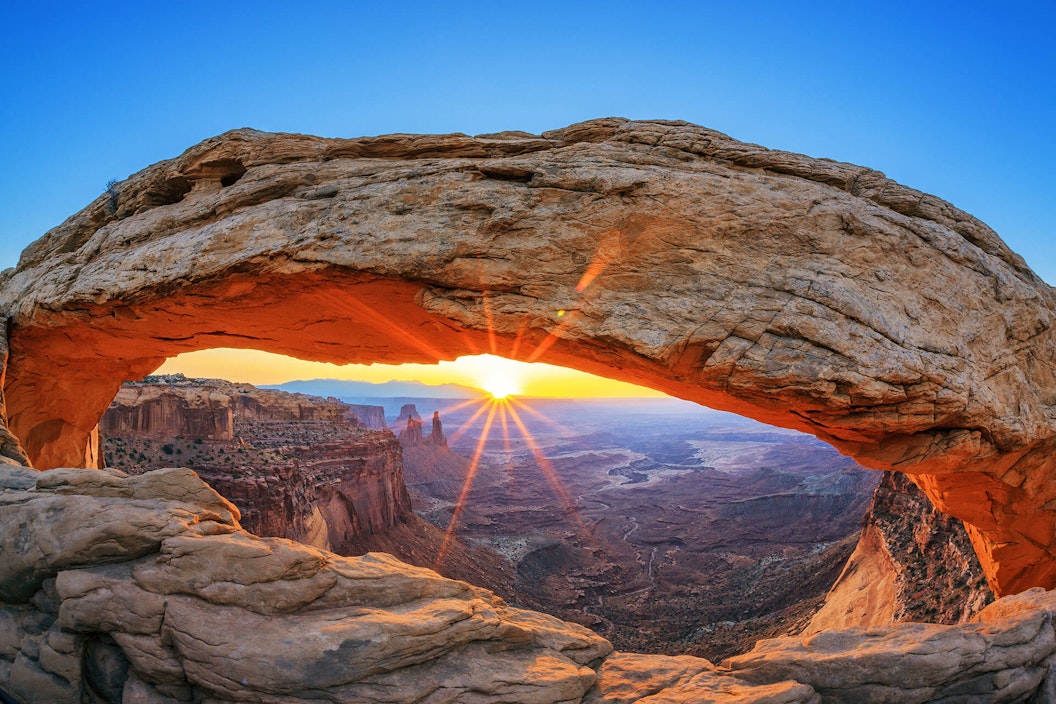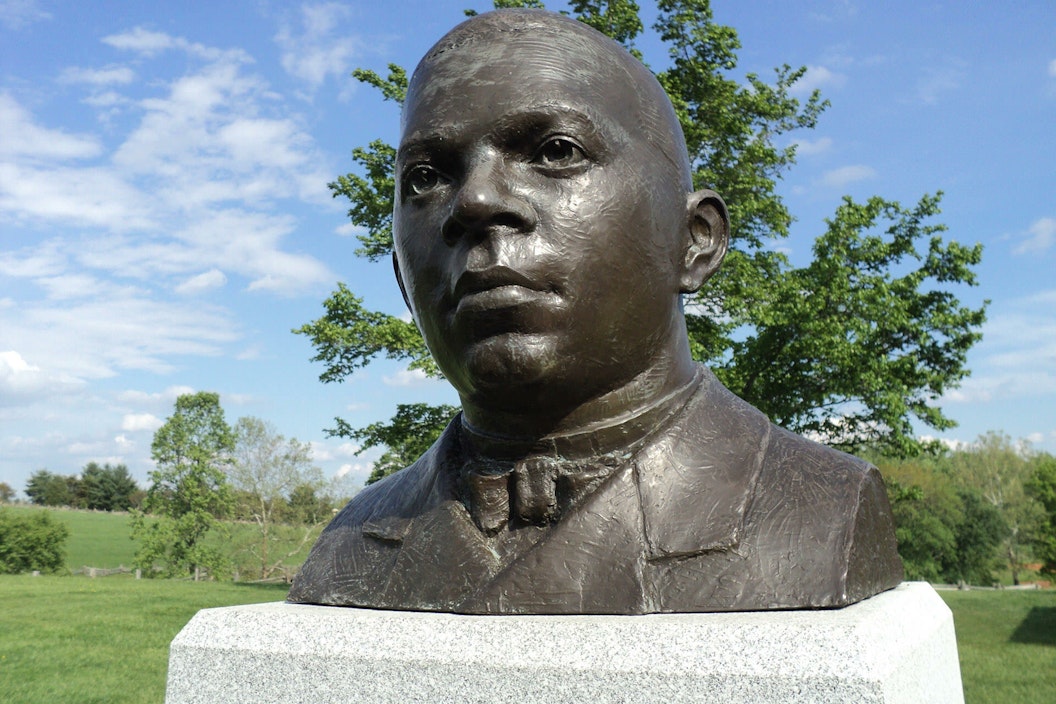
On April 5, 1856, a child who later called himself Booker T. Washington was born in slavery on this 207-acre tobacco farm.
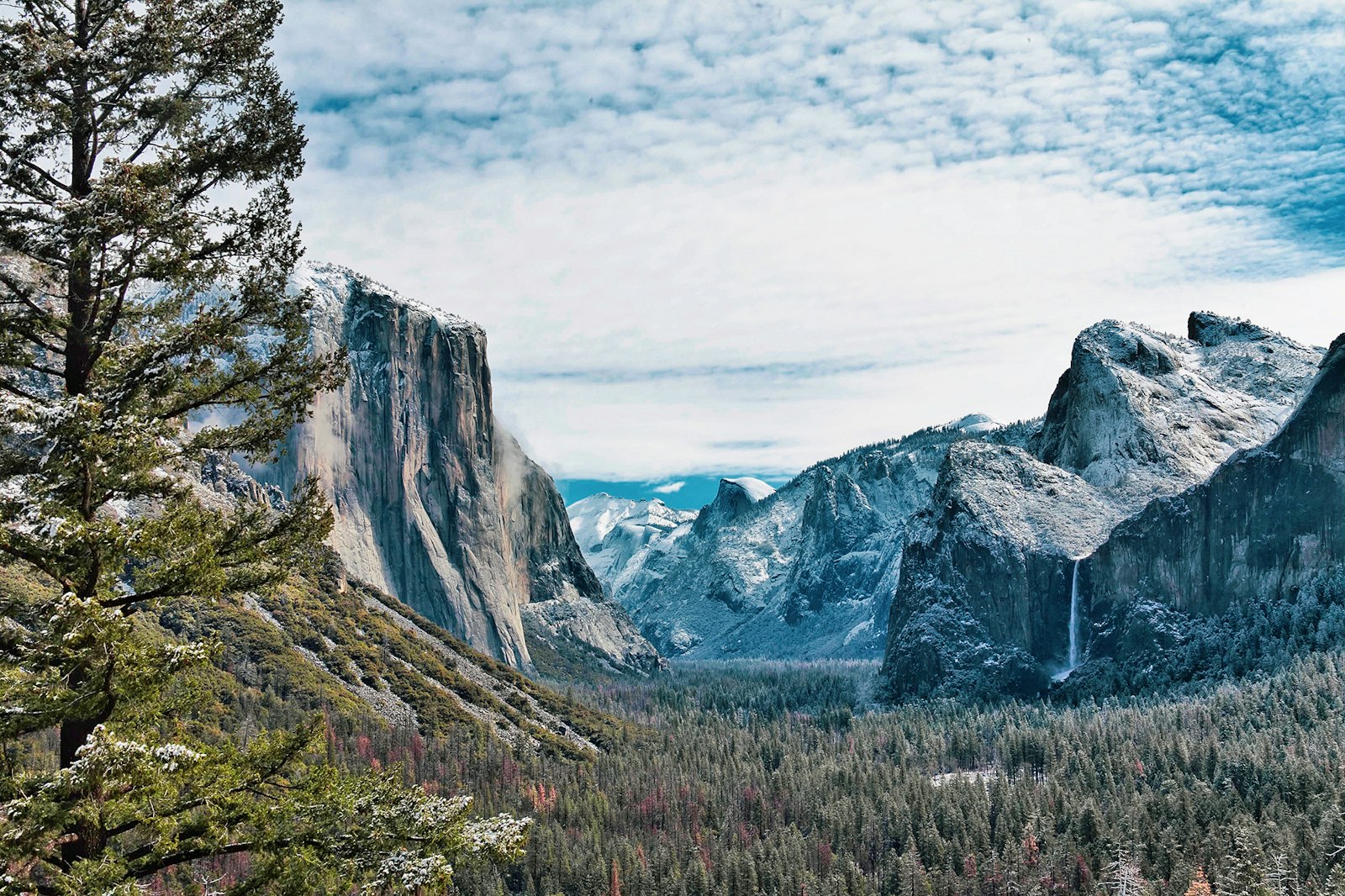
Explore America’s national parks. Discover our most treasured places, supported by people like you, and start your travel planning here by finding your park.

On April 5, 1856, a child who later called himself Booker T. Washington was born in slavery on this 207-acre tobacco farm.
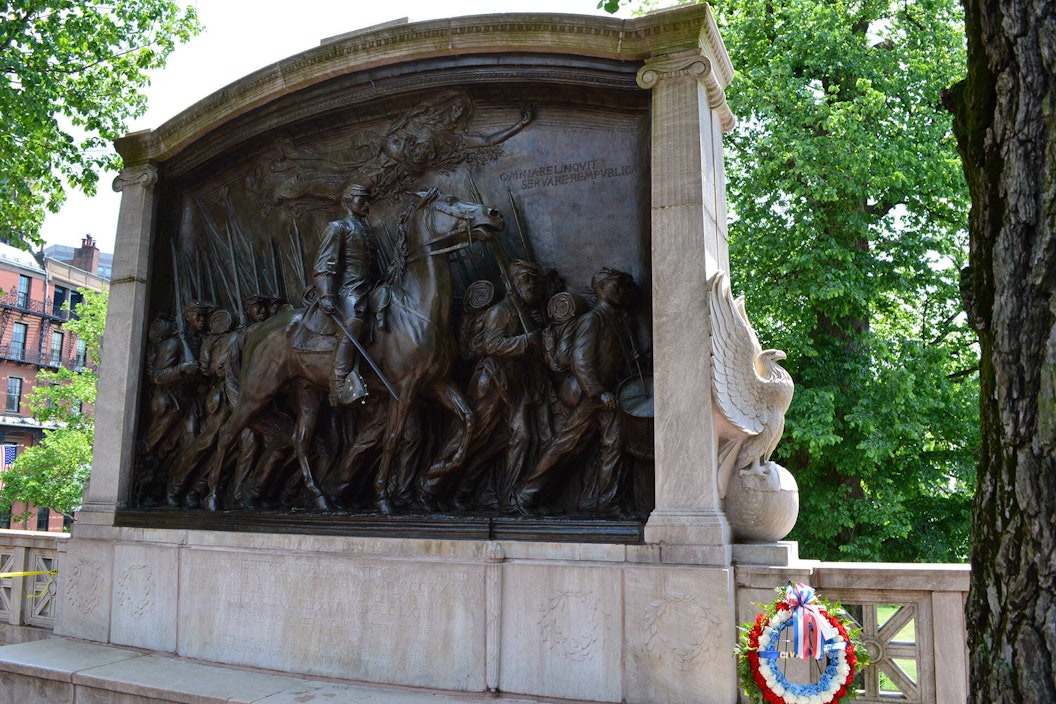
Boston African American National Historic Site is comprised of the largest area of pre-Civil War black owned structures in the United States.
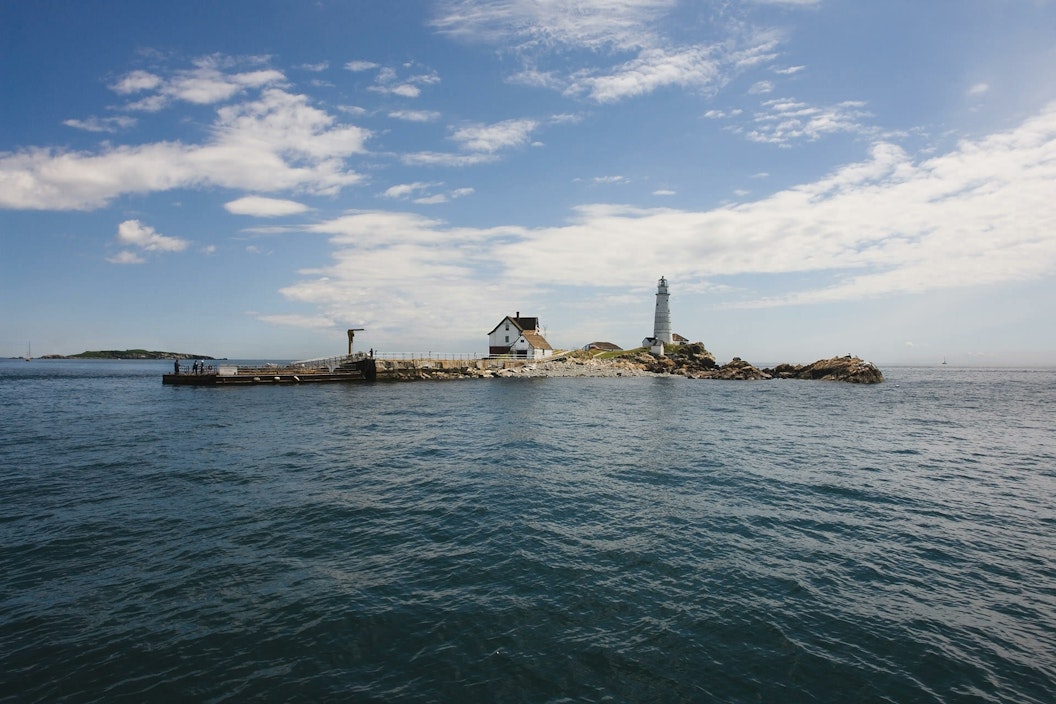
The Boston Harbor Islands National Park unit includes 34 islands situated within the Greater Boston shoreline, where visitors can see a Civil War era fort.
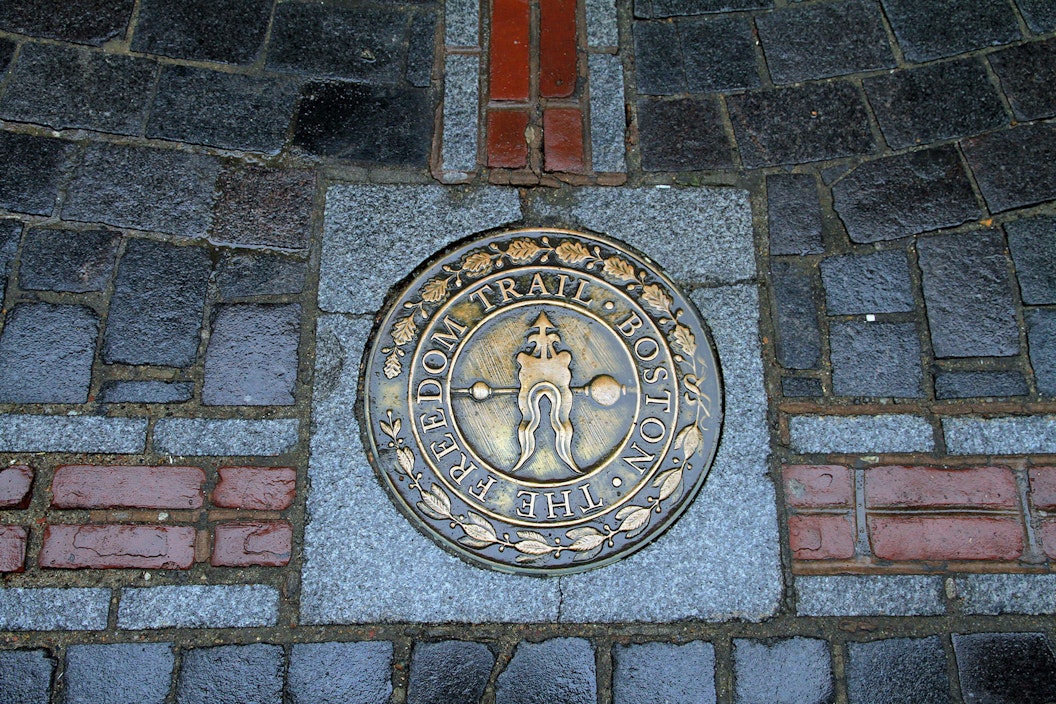
Boston National Historical Park tells the story of the events that led to the American Revolution, including many sites found along the Freedom Trail.
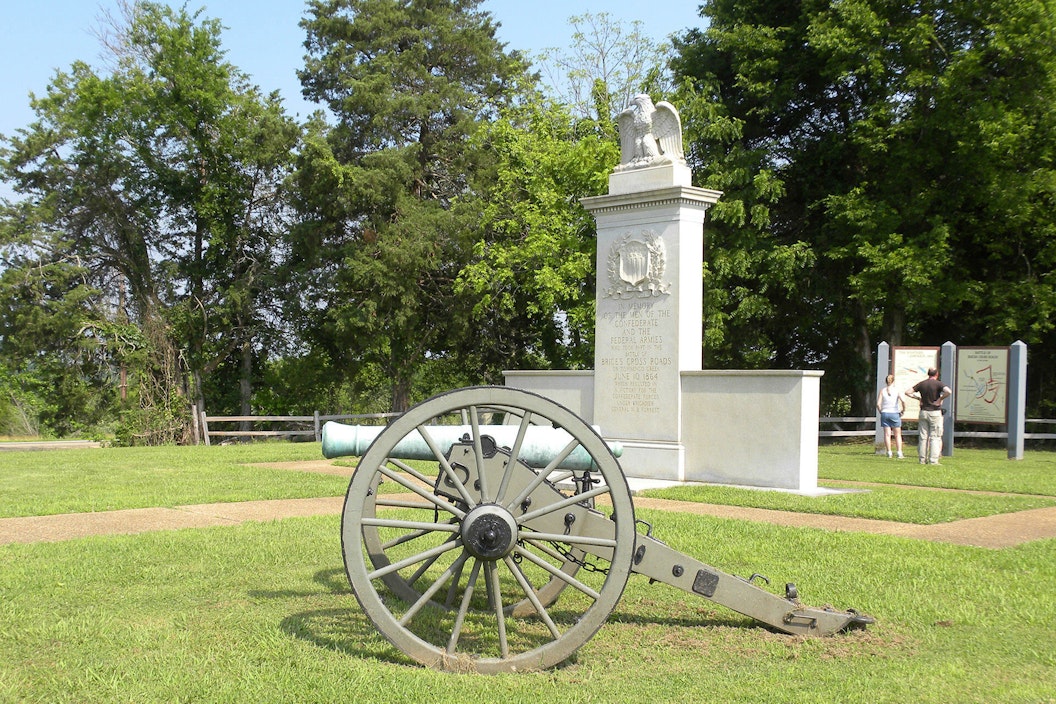
Brices Cross Roads National Battlefield Site is one of nearly 100 sites and battlefields related to the American Civil War.
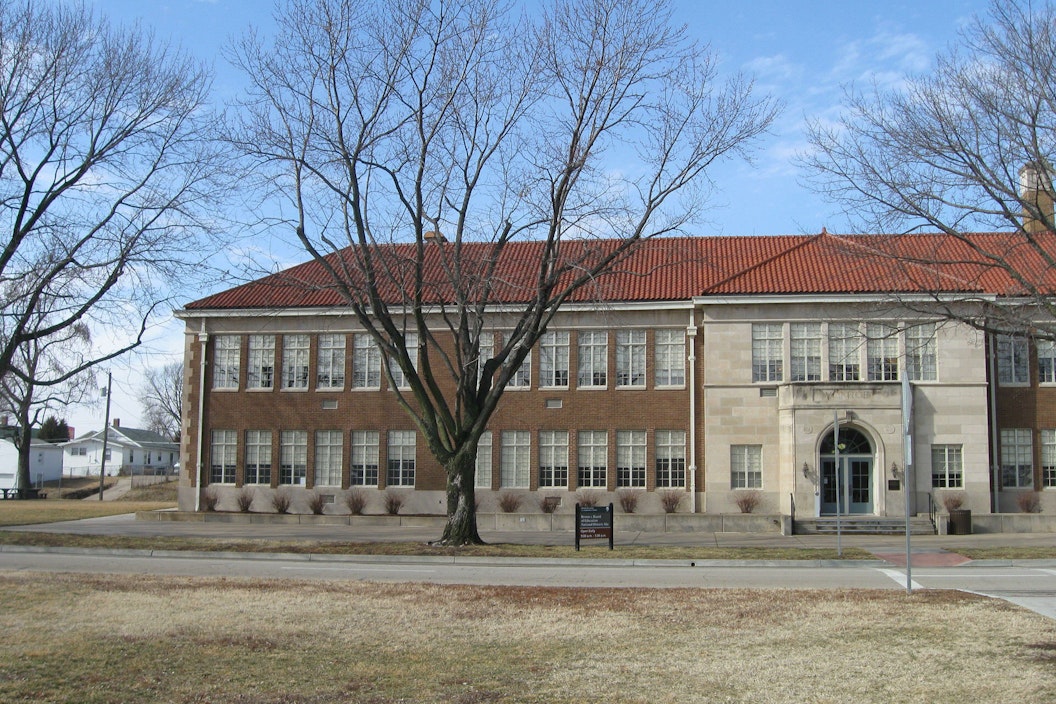
The story of Brown v. Board of Education, which ended legal segregation in public schools, is one of hope and courage, a critical moment in our history.
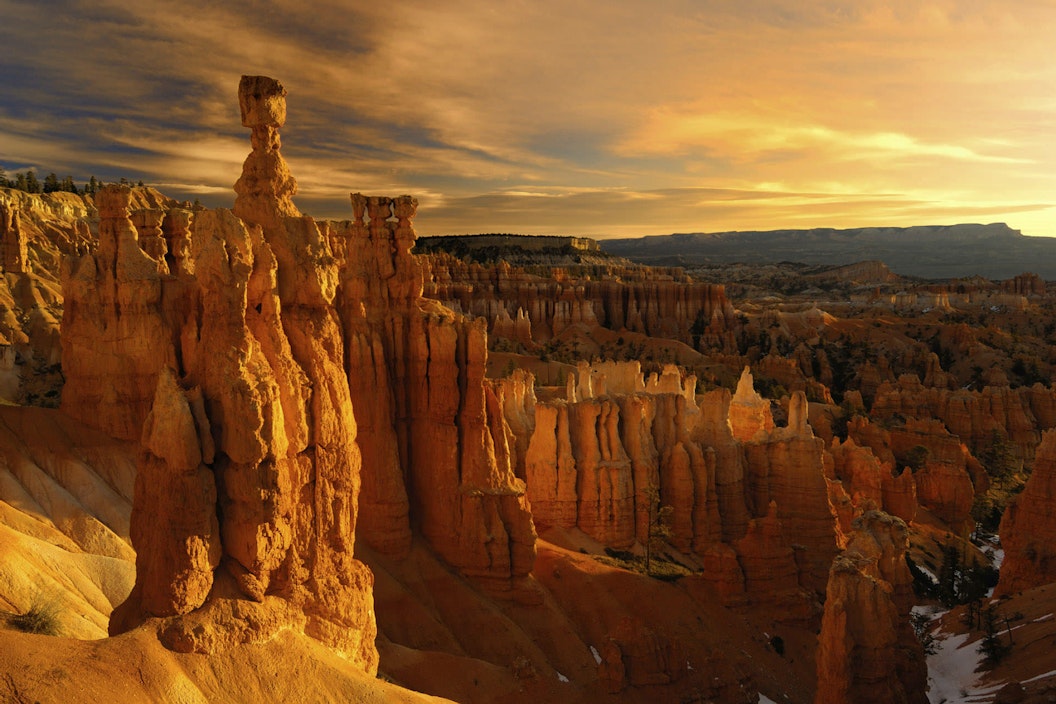
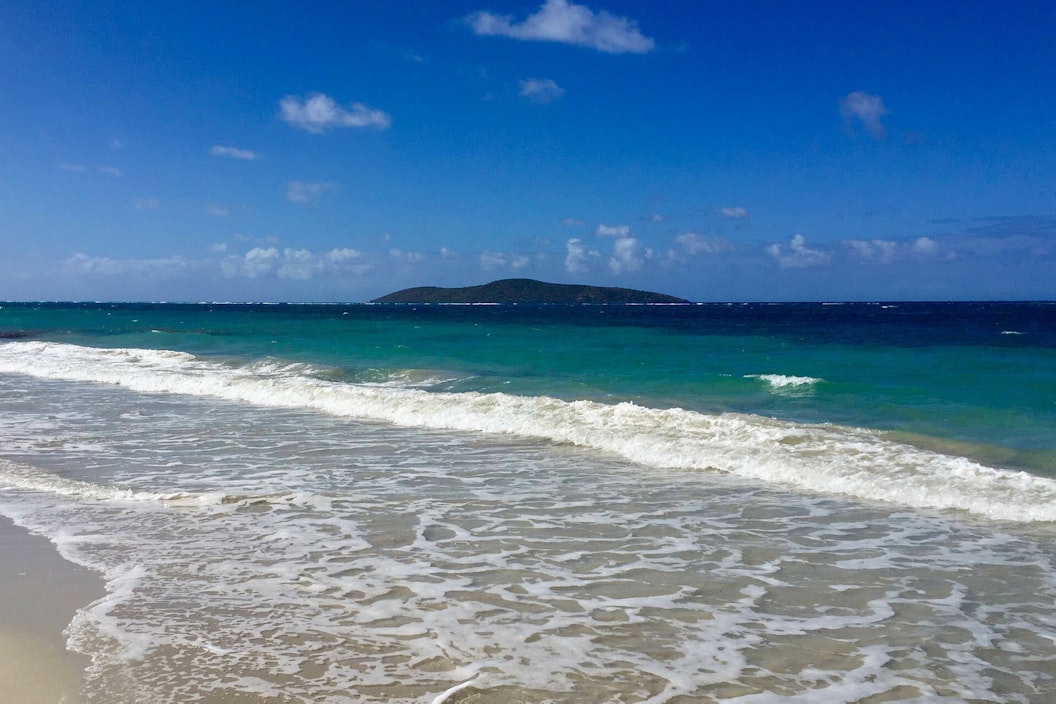
At the easternmost point of Buck Island Reef National Monument is a famous underwater trail; novice and expert snorkelers will enjoy the passages.
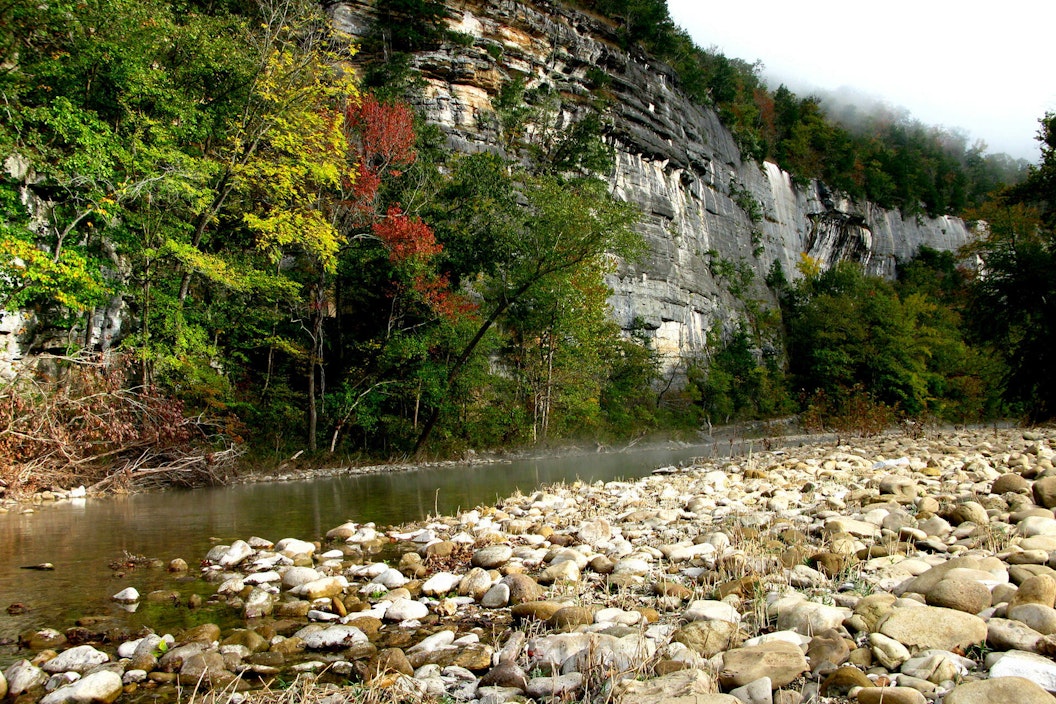
Explore the Buffalo National River by canoe or take the back roads and dive into the pioneer history of the region.
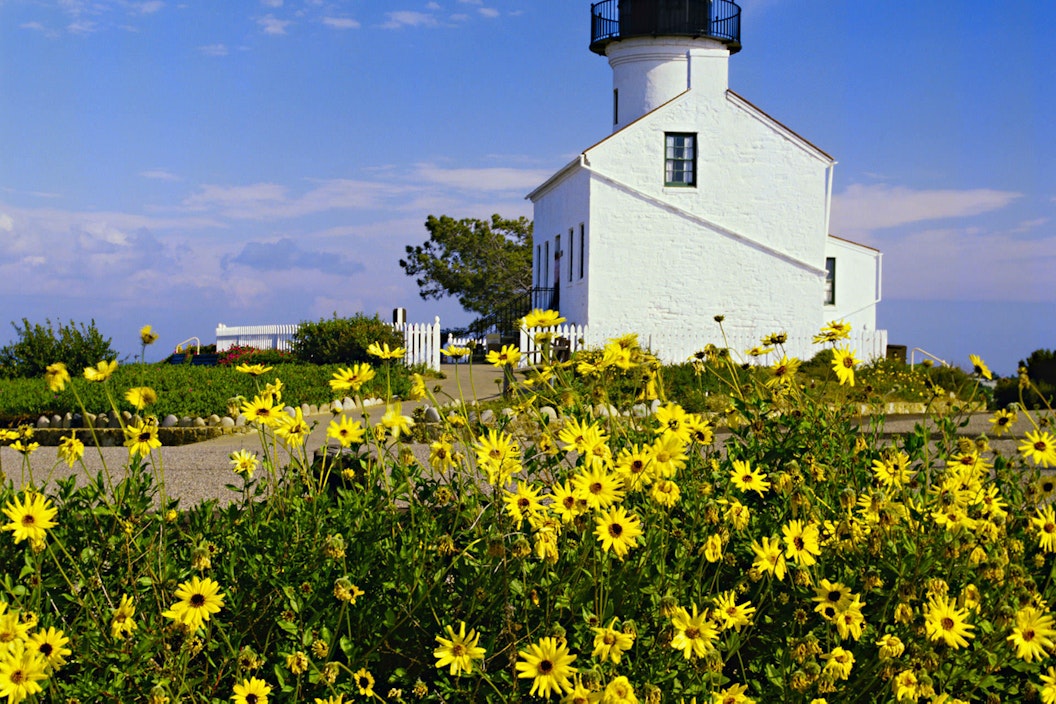
Cabrillo National Monument offers a superb view of San Diego's harbor and skyline and includes Old Point Loma Lighthouse, a San Diego icon since 1854.
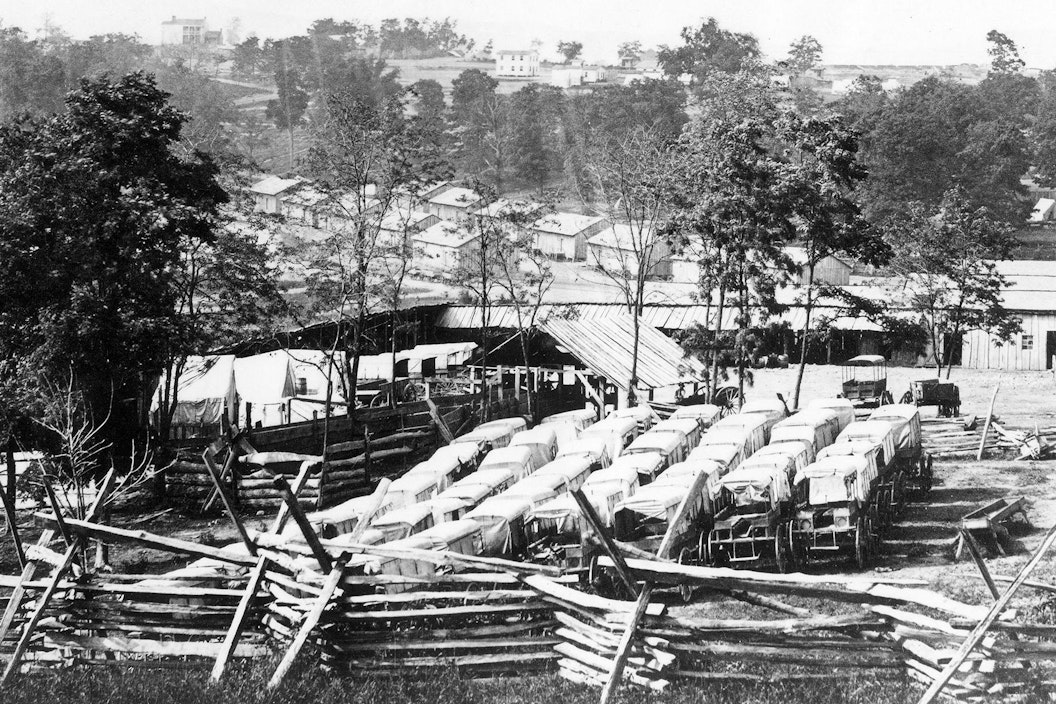
Kentucky’s Camp Nelson National Monument tells the story of the African-American military service in the Union Army during the Civil War, as well as the difficult transition to freedom during the Reconstruction era.
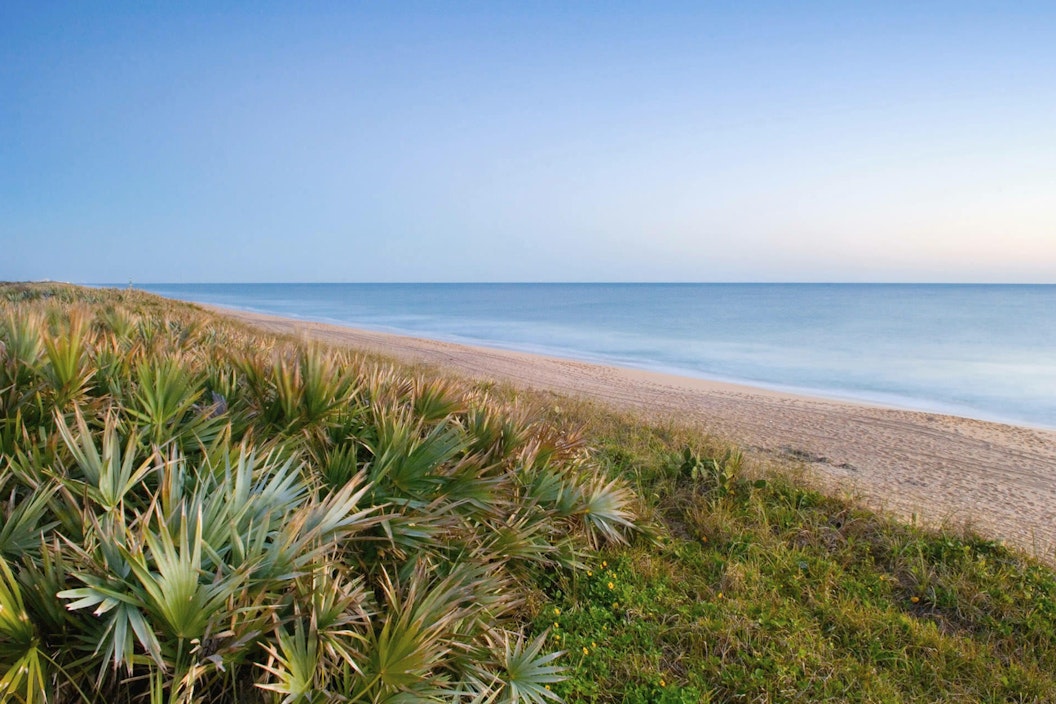
Canaveral National Seashore is on a barrier island which includes ocean, beach, dune, hammock, lagoon, salt marsh, and pine flatland habitats.
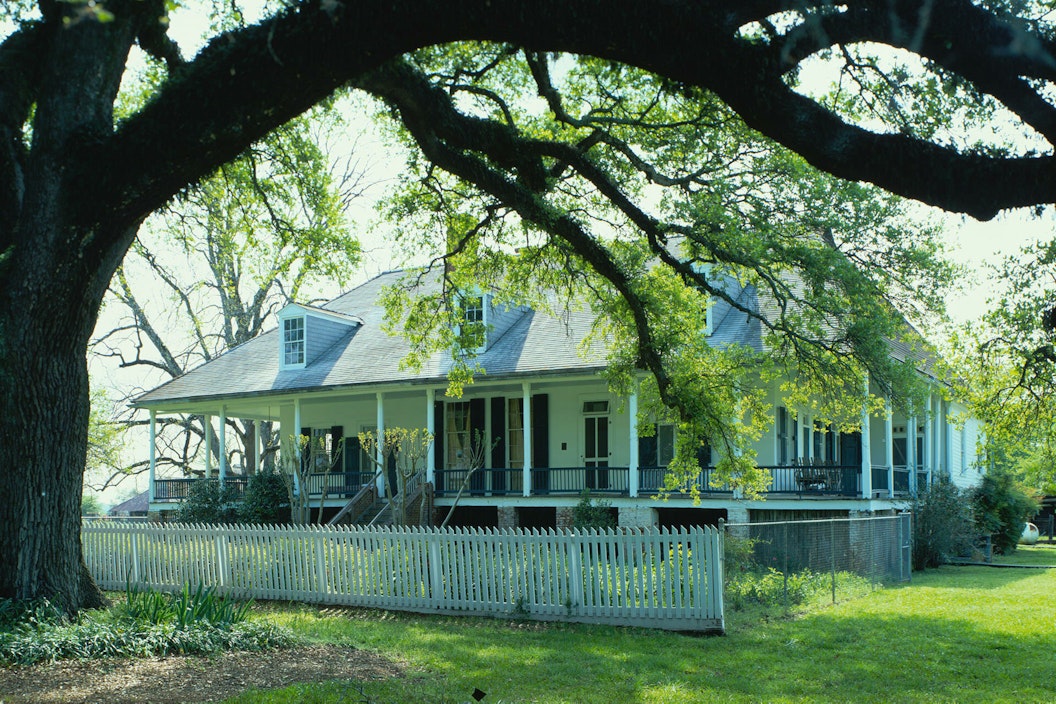
Cane River Creole National Historical Park is located within the National Park Service-run Cane River National Heritage Area in Natchitoches Parish, Louisiana.
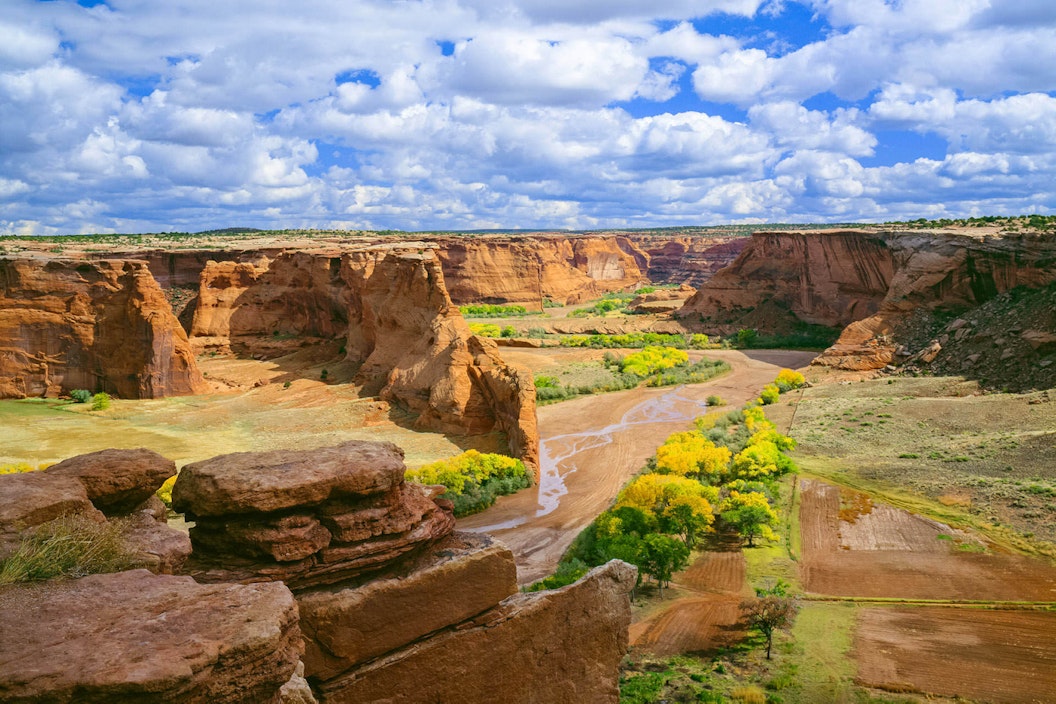
Canyon de Chelly is unique among National Park Service units, as it is comprised entirely of Navajo Tribal Trust Land that remains home to the canyon community.
